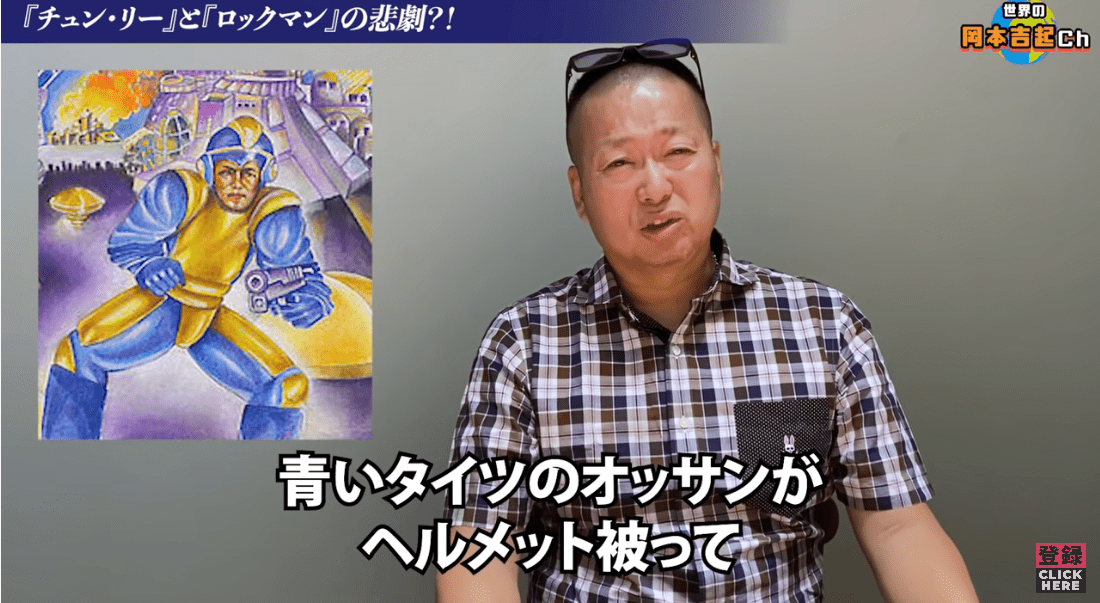The Impact of Yoshiki Okamoto on Video Game Development

Introduction
Yoshiki Okamoto is a prominent figure in the video game industry, known for his innovative approach to game design and storytelling. As the former head of Capcom’s development team and now leading his own studio, his contributions have shaped the landscape of gaming over the past few decades. Understanding Okamoto’s work is vital for appreciating the evolution of video games and the mechanics that define popular titles today.
Key Contributions
Born on March 1, 1961, in Osaka, Japan, Yoshiki Okamoto began his career in the early 1980s. He gained significant recognition as a game designer for his work on iconic titles like ‘Street Fighter II’ and ‘Resident Evil.’ His approach combined intricate storytelling with engaging gameplay, setting a standard for future games.
Okamoto’s tenure at Capcom saw the development of numerous successful franchises, but it was ‘Street Fighter II’ that truly revolutionised the fighting game genre. Released in 1991, the game became a cultural phenomenon, establishing competitive gaming and esports as viable entertainment. The mechanics and character design introduced by Okamoto continue to influence modern fighting games.
Recent Developments
In recent years, Okamoto has ventured into new projects, including collaborations with indie developers and revitalising classic titles. In 2022, he announced a new project aimed at blending traditional gaming with virtual reality to enhance player immersion. These innovations highlight his ongoing influence and dedication to pushing the boundaries of video game technology.
Conclusion
Yoshiki Okamoto’s impact on the gaming industry is undeniable. His pioneering work has shaped not just individual titles but also the development process and player engagement strategies that define gaming today. As technology continues to evolve, Okamoto remains a key contributor, adapting his vision to the ever-changing landscape of video games. For gamers and aspiring developers, understanding his work provides valuable insights into the future of interactive entertainment.
